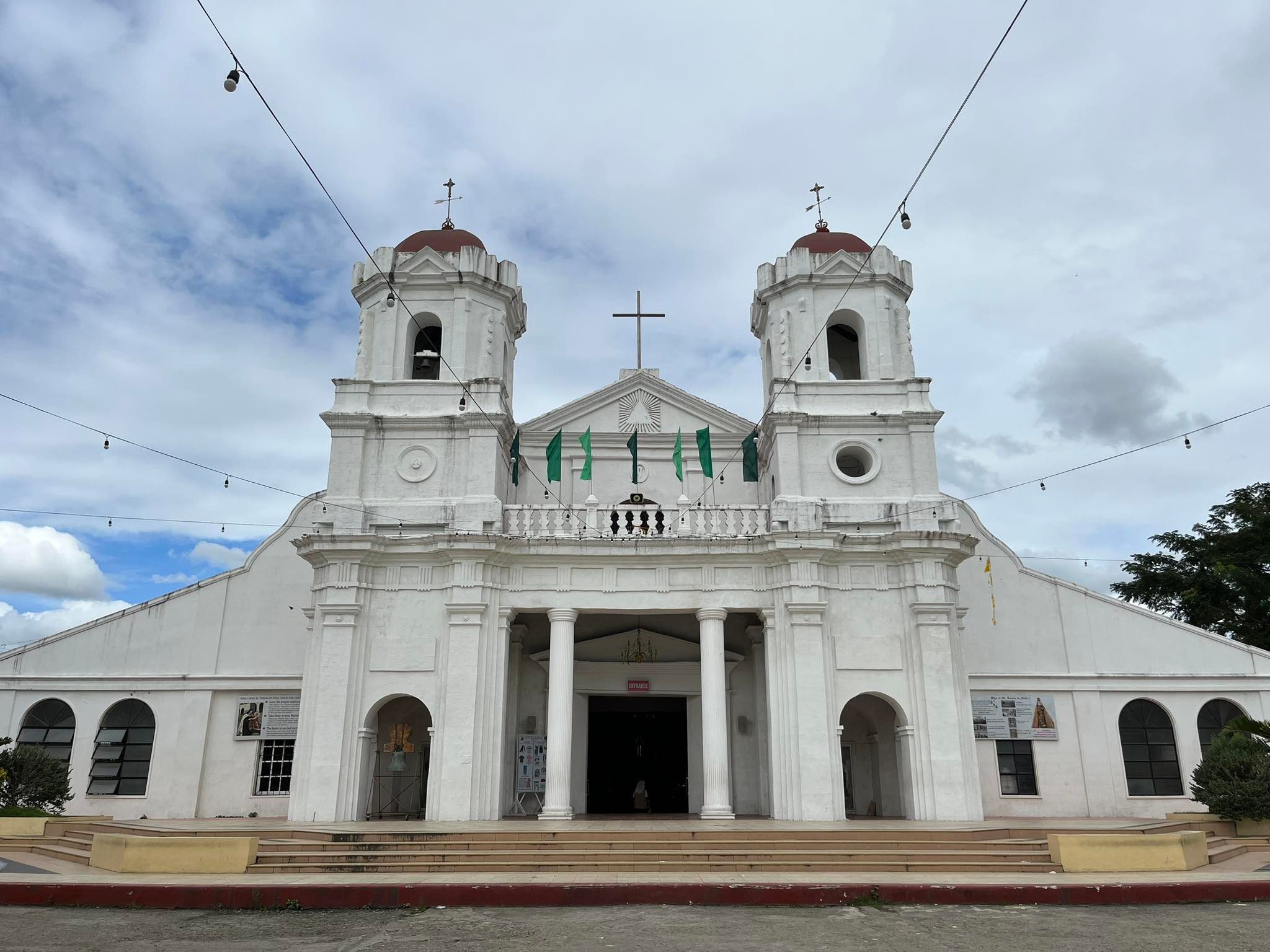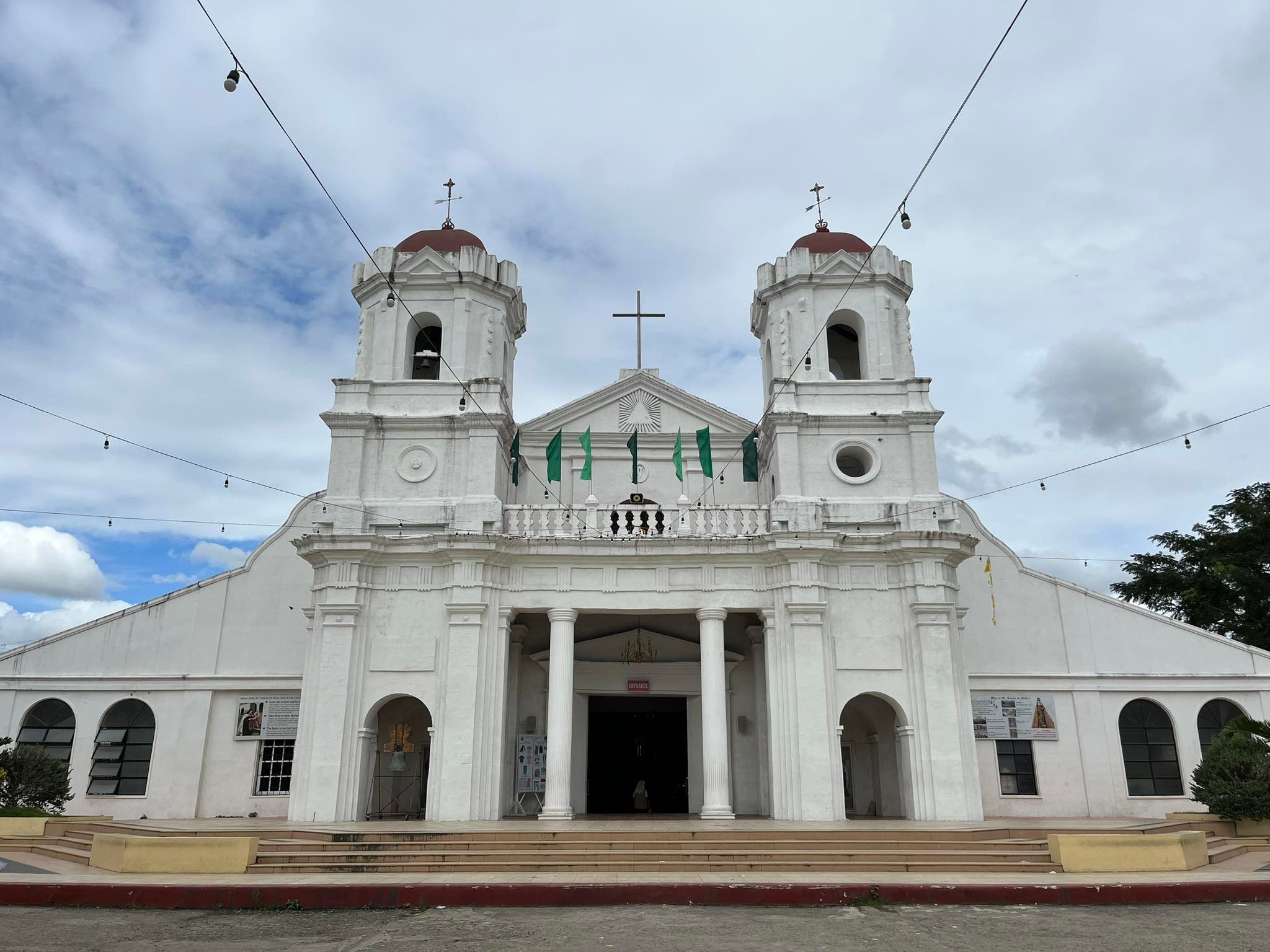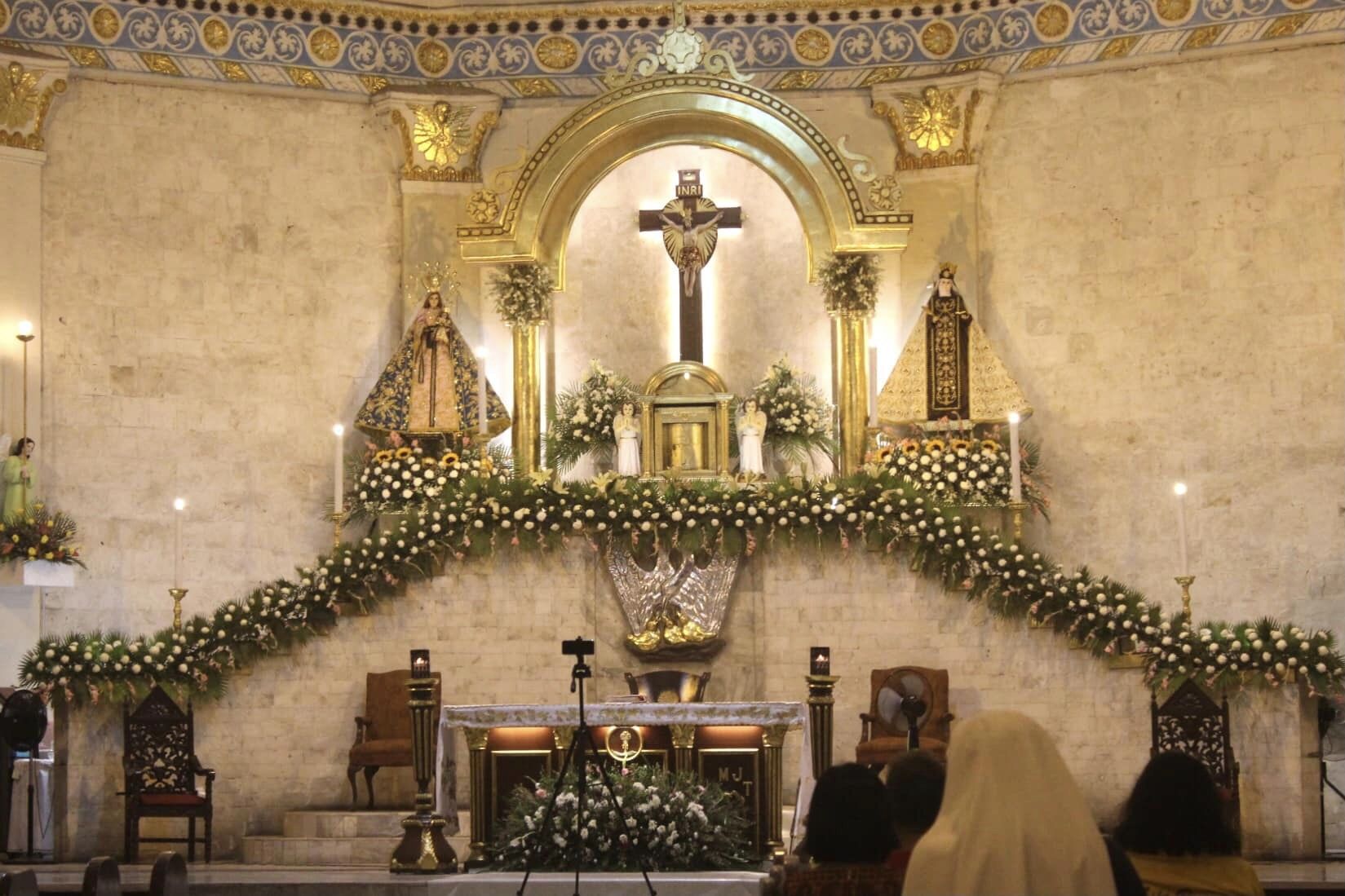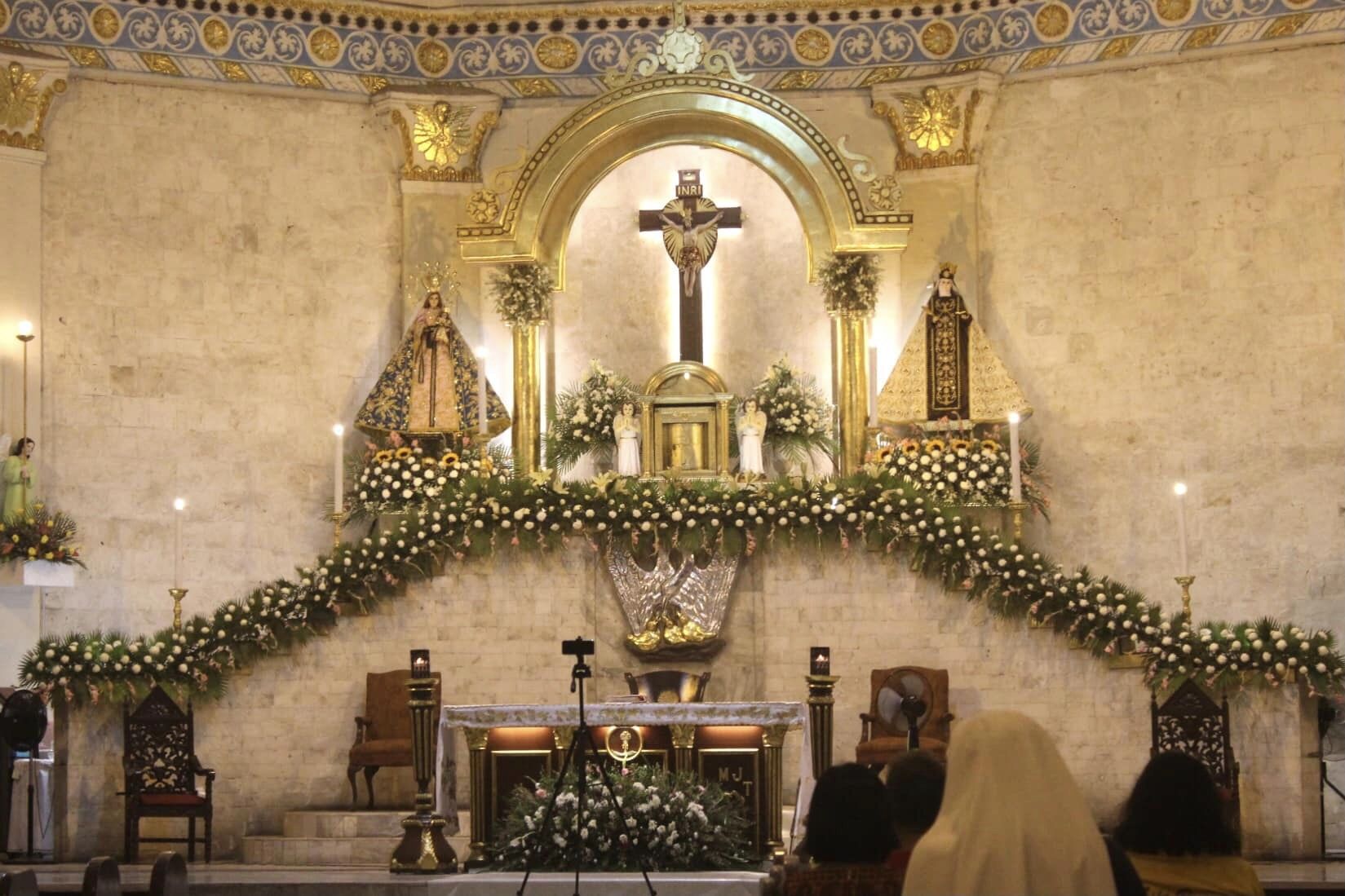Explore by Municipalities and Cities
Bahay Hilarion Alquizola | Hilarion Alquizola House
Bantayog Ng Santa Ana
Gusaling Gabaldon Ng Paaralang Sentral Ng Barili | Barili Central School Gabaldon Building
Hospisyo Ng San Jose Ng Barili | Hospicio De San Jose De Barili
Obelisk Ng Gorordo | Gorodo Obelisk
Parish Church Of Santa Ana Of Barili
Bahay Ni Don Jose Tio Bonpua, Sr. At Ang Museo Ng Banal Na Sining | Don Jose Tio Bonpua, Sr. House And The Museum Of The Sacred Art, Inc.
Balwarte Ng Bonbon | Bonbon Baluarte
Bantayan Sa Poblacion | Poblacion Baluarte (Watchtower)
Church Plaza
Cuartel Structure
Daanglungsod Baluartes (Watchtowers)
Daanglungsod Estaca - Kuta | Daanglungsod Estaca - Fortress
Daanglungsod Fortress
Immaculate Conception Parish Church
Looc Watchtower
Nueva Caceres Elementary School, H.E. Building
Oslob Cemetery Chapel
Oslob Cemetery Walls And Gates
Oslob Central Elementary School Including Admin Building, H.E. Building, And Acacia Trees
Oslob First Catholic Cemetery
Oslob Prayer Chapel
Pamanang Liwasang | Bayan Municipal Heritage Park
Parish Church Of The Nuestra Senora De La Inmaculada Concepcion Of Oslob
Pungtod Cemetery
Saint Joseph Shrine And Church Plaza
Saint Joseph The Carpenter Parish Church
Saint Mary's Academy Old Building
Simbahan Ng UCCP | UCCP Church
Waiting Chapel (Prayer Room)
Bantayog Ng Mga Pambansang Bayani | National Heroes Monument
Bantayog Ng Tres Alinos | Tres Alinos Monument
Kinalalagyan Ng Paaralan Ng Silangang Visayas | East Visayan Academy Grounds
Kolehiyo Ng Lungsod Ng Talisay | Talisay City College
Liwasan Ng Kalayaan At Bantayog Ng Pagdaong | Liberation Park And Landing Monument
Museo Ng Canton | Canton Museum
Parish Church Of Santa Teresa De Avila, Talisay, Cebu
Sementeryong Bayan Ng Poblacion | Poblacion Public Cemetery
Sementeryong Bayan Ng San Jose Manggagawa | Saint Joseph The Worker Public Cemetery
Parish Church of Santa Teresa de Avila, Talisay, Cebu

Photo facade of the Church of Santa Teresa de Avila. Margaux Camaya, The Visual Traveler, 3 February 2023 https://www.thevisualtraveler.net/2023/02/the-campana-de-vuelo-of-sta-teresa-de.html

"Archdiocesan Shrine of Sta. Teresa de Avila" | Photo from the blog "The Campana de Vuelo of Sta. Teresa de Avila Parish" via https://www.thevisualtraveler.net/2023/02/the-campana-de-vuelo-of-sta-teresa-de.html | Photo by Margaux Camaya, The Visual Traveler. Posted on February 03, 2023

Photo used with permission from the Parish Social Communications Team of the Archdiocesan Shrine of Sta. Teresa de Avila | Source: https://www.facebook.com/stateresadeavilatalisay/photos/pb.100064535633586.-2207520000/675720947401771/?type=3

Photo used with permission from the Parish Social Communications Team of the Archdiocesan Shrine of Sta. Teresa de Avila | Source: https://www.facebook.com/stateresadeavilatalisay/photos/pb.100064535633586.-2207520000/557582305882303/?type=3

A photo viewing of the altar of the Parish Church of Santa Teresa de Avila, Talisay, Cebu. facebook.com, Archdiocesan Shrine of Sta. Teresa de Avila - City of Talisay, Cebu, October 4, 2022 https://www.facebook.com/stateresadeavilatalisay/photos/pb.100064535633586.-2207520000/675720947401771/?type=3

A photo viewing of the aisle of the Parish Church of Santa Teresa de Avila, Talisay, Cebu. facebook.com, Archdiocesan Shrine of Sta. Teresa de Avila - City of Talisay, Cebu, October 4, 2022 https://www.facebook.com/stateresadeavilatalisay/photos/pb.100064535633586.-2207520000/675720947401771/?type=3

A photo viewing of the interior of the Parish Church of Santa Teresa de Avila, Talisay, Cebu. facebook.com, Archdiocesan Shrine of Sta. Teresa de Avila - City of Talisay, Cebu, October 4, 2022 https://www.facebook.com/stateresadeavilatalisay/photos/pb.100064535633586.-2207520000/675720947401771/?type=3
Official Name: Parish Church of Santa Teresa de Avila of Talisay[1]
Classification Status: Local Cultural Property - Heritage Monuments, Sites and Zones of the City of Talisay, Cebu (per 3rd SP Ordinance No. 2009-14)[1]
Town or City: Talisay
Year Declared: August 16, 1836[1]
Other Declarations: Registered Property of Talisay City, Classified Historic Structures (covering all Colonial Churches and other Houses of Worship, per NHCP Res. No. 3, s. 1991)[1]
Description:
The Archdiocesan Shrine of Santa Teresa de Avila, previously known as Santa Teresa de Avila Church, is a Roman Catholic church located in Talisay, Cebu, Philippines. Built in 1836 until 1848, architecturally, the church is in classical Graeco-Roman style, featuring the facade's two bell towers connected by a porch with two supporting columns on the foyer. On October 15, 2007, it was declared an archdiocesan shrine and pilgrims could receive plenary indulgence for a year.[2]
Design
The church was made from coral stones and contained embellished interiors and five gilded altars. Its original design was cruciform with two semicircular transepts and the twin belfries on each side of the façade,[3] with a connecting balustraded portico that is supported by two columns on the main entrance, are its prominent feature. Inside, hanging above the crossing is a large round chandelier. According to Filipinas Heritage Library, the church used "round arch, rectangular piers with engaged shafts, and an arcade." Felipe Redondo, writing in the late 19th century, described its architecture as Doric (classical Graeco-Roman) in style.
The church's structure was remodeled, and two new wings were added on each side of the main nave. Its original stonewalls were preserved, its old arched windows and side entrances still visible to this day.[2]
History
The church, named after its patron saint Teresa of Avila, was originally part of the property owned by Augustinian friars in Talisay during the Spanish era. It was initially a visita of San Nicolas, a district south of the municipality of Cebu, and later became independent on August 16, 1836, under Juan Soriano due to a royal decree from April 25, 1836. Notably, the tomb of a predecessor of Juan Soriano can still be found in one of the small chapels within the church.
Construction began in 1836 and was completed in 1848. In 1877, after a typhoon damaged the clay-tiled roof, it was renovated with iron sheets, and in 1894, the interiors were decorated. During World War II, the church suffered significant damage, with only the facade remaining mostly intact. Post-war restoration, led by Teofilo Camomot, involved lowering the roof due to war-related damage, while the nearby convent did not survive the conflict.[2]
Archdiocesan Shrine
On October 15, 2007, coinciding its fiesta celebration, the parish was declared as an archdiocesan shrine by Cardinal Ricardo Vidal, then Archbishop of Cebu. Pilgrims who visited the church on certain days of the month between the declaration date until October 15, 2008 would receive plenary indulgence.[2]
Source:
1. https://ncca.gov.ph/philippine-registry-cultural-property-precup/
2. https://en.wikipedia.org/wiki/Archdiocesan_Shrine_of_Santa_Teresa_de_Avila






